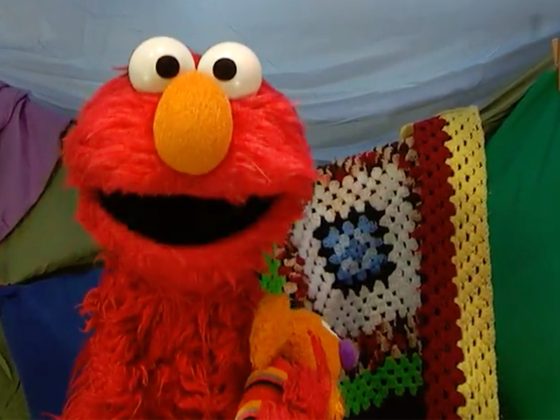
Feeling Safe
In order for healing to begin, it’s critical that kids feel protected and safe.
Pro tip: These activities can benefit both kids and adults, individually or together, one-on-one or in groups. Depending on who you’re working with at a given time, adapt or omit activities as you see fit—you know your kids and families best!
Our brains respond to danger and stress by going into “fight, flight, or freeze” mode. Chronic adversity means we stay in that mode even when the threat is gone. Being in a constant state of hypervigilance—of tightness and anxiety—blocks us from the more helpful resources our brains can offer.
When children feel a sense of safety, their brains begin to calm. Then they can start exploring strategies and solutions that can bring them a little relief or “shelter from the storm” of sadness, anxiety, anger, fear, or confusion.
Traumatic experiences can shake one’s foundation and leave one feeling unsteady and vulnerable. Strategies such as creating a real or imagined safe place make a big difference.
Together, watch “I Can Feel Safe”—in which Elmo has built his very own blanket fort—all the way through. Talk about what kind of safe places kids might create for themselves.
You might also ask:
- Why did Elmo want to be inside his fort?
- If you had a fort like this, what would you bring inside?
- What does Elmo say that you can remind yourself of when you’re scared or worried? (“I can feel safe.”)
If you can, consider helping kids cope by building a quick and easy indoor fort. Drape one or two sheets or blankets over any combination of the following: a few chairs, a table, or the sturdy edges of a couch or bookshelf. You might add pillows, cushions, stuffed animals, more blankets, or a flashlight and books. (Kids might want a grown-up in their fort with them, or they may want it to be a space just for them. Ask them what they would prefer, and respect their request.)
After you can also explore Big Bird’s strategy for feeling safe here.
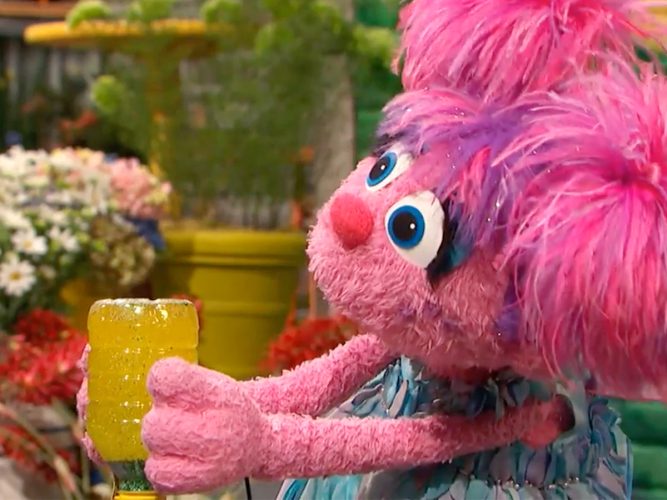
Slow Down & Settle Down
Parents and children can share ways they calm and soothe themselves. This video provides more self-care ideas.
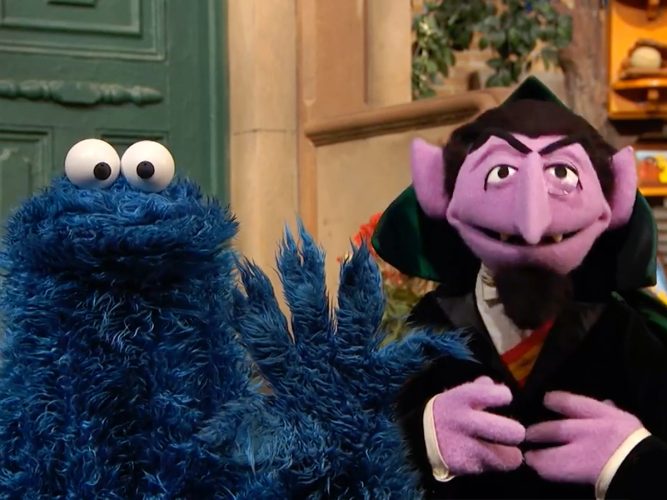
Learning How to Count, Breathe, Relax
Small things can set kids off, but you can teach them a self-soothing breathing exercise to use on their own.
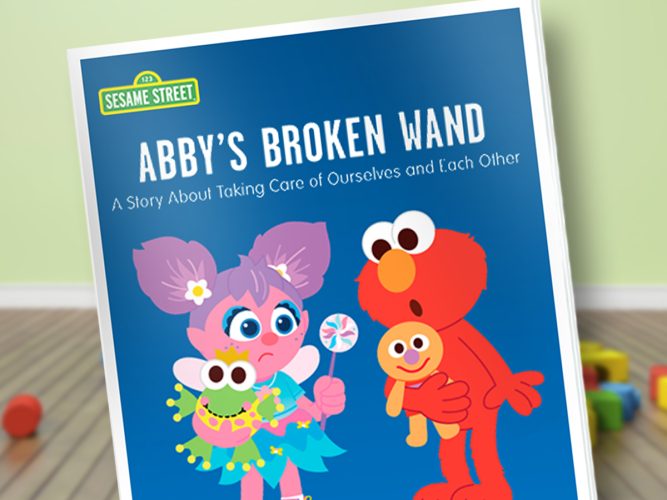
Abby's Broken Wand
A storybook featuring strategies to help children cope with big feelings.

It’s Not Easy Being Green
A song about being ourselves.
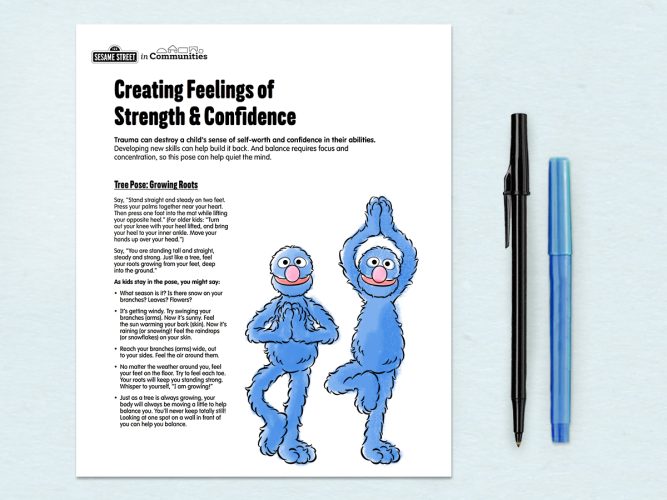
Creating Feelings of Strength and Confidence
A focused movement activity that builds confidence and a sense of groundedness.
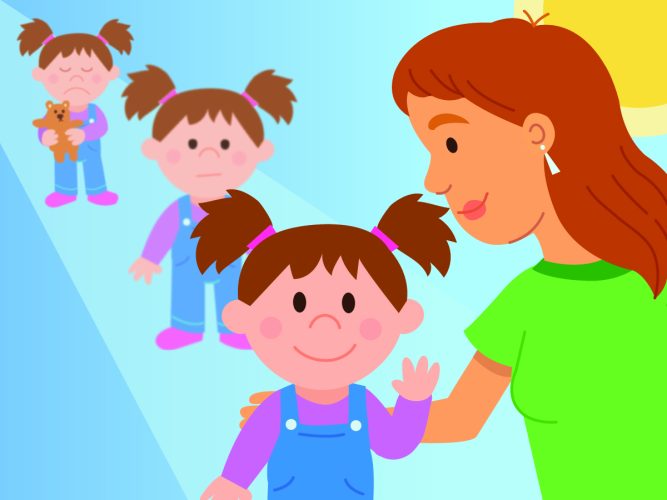
Helping Children Make Meaning After Trauma with Chandra Ghosh Ippen
Learn how young children experience trauma and what can help with Sesame Workshop’s Tara Wright, and clinical psychologist and author Chandra Ghosh Ippen.
